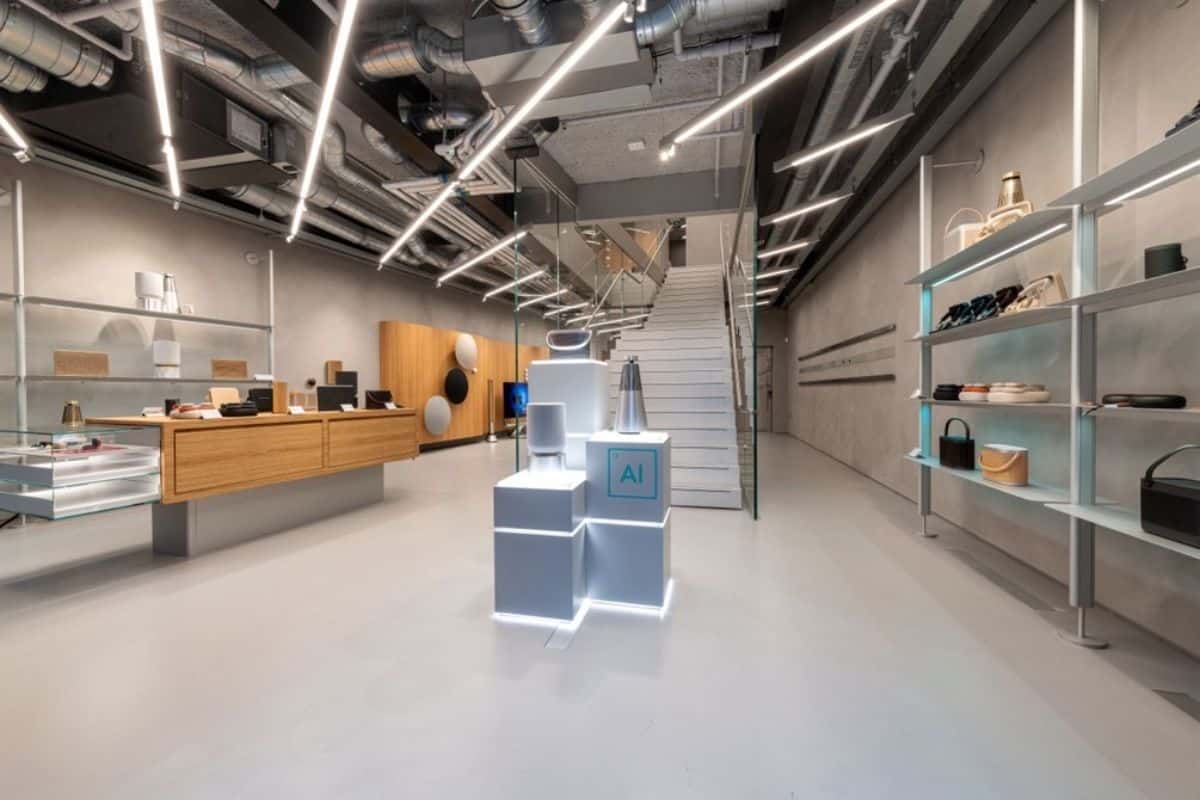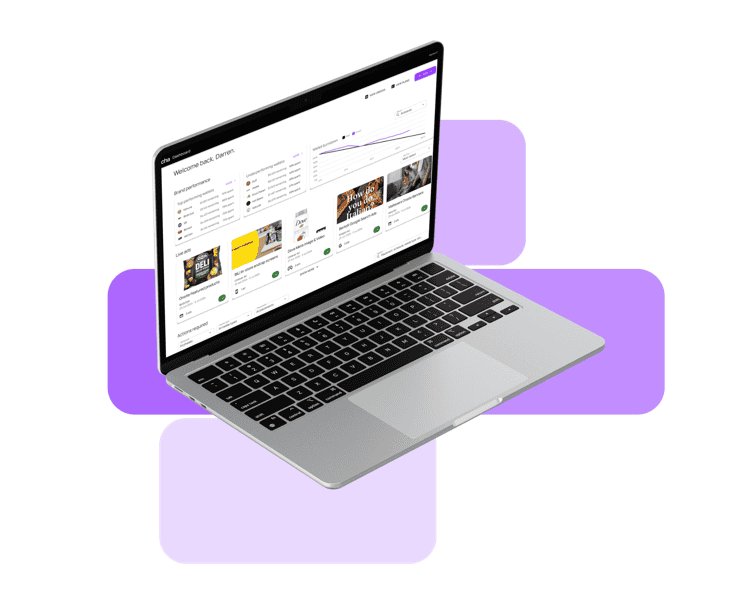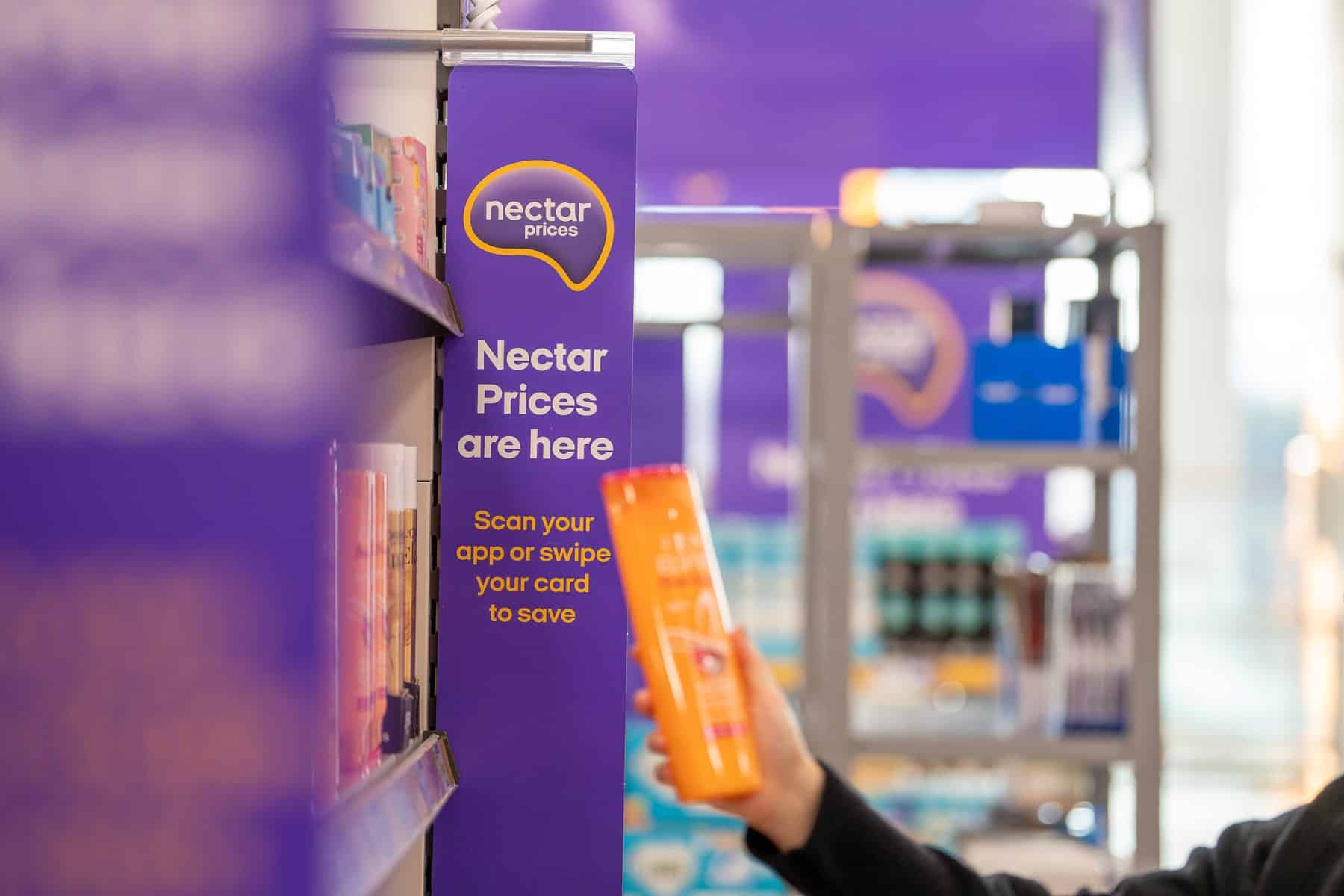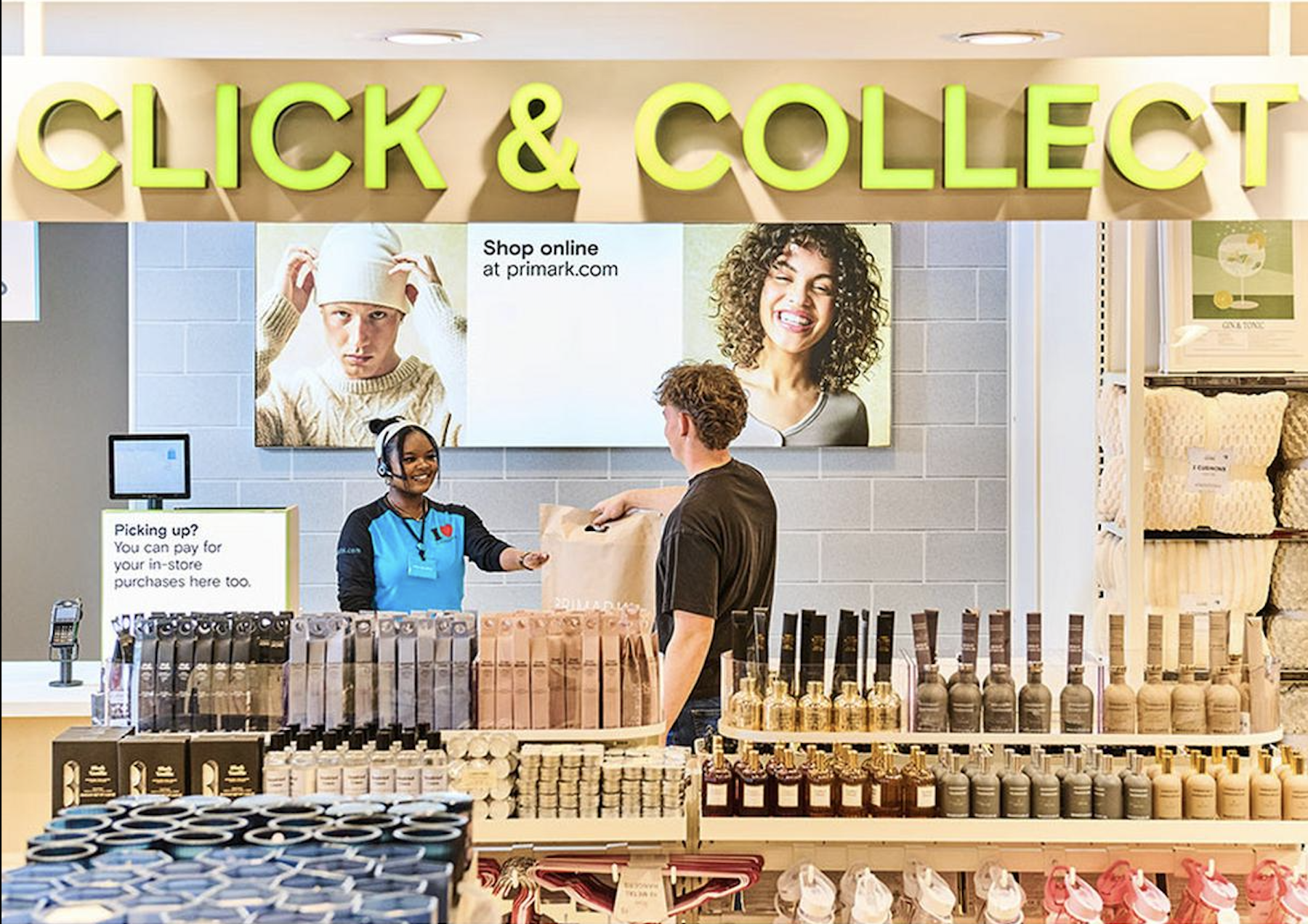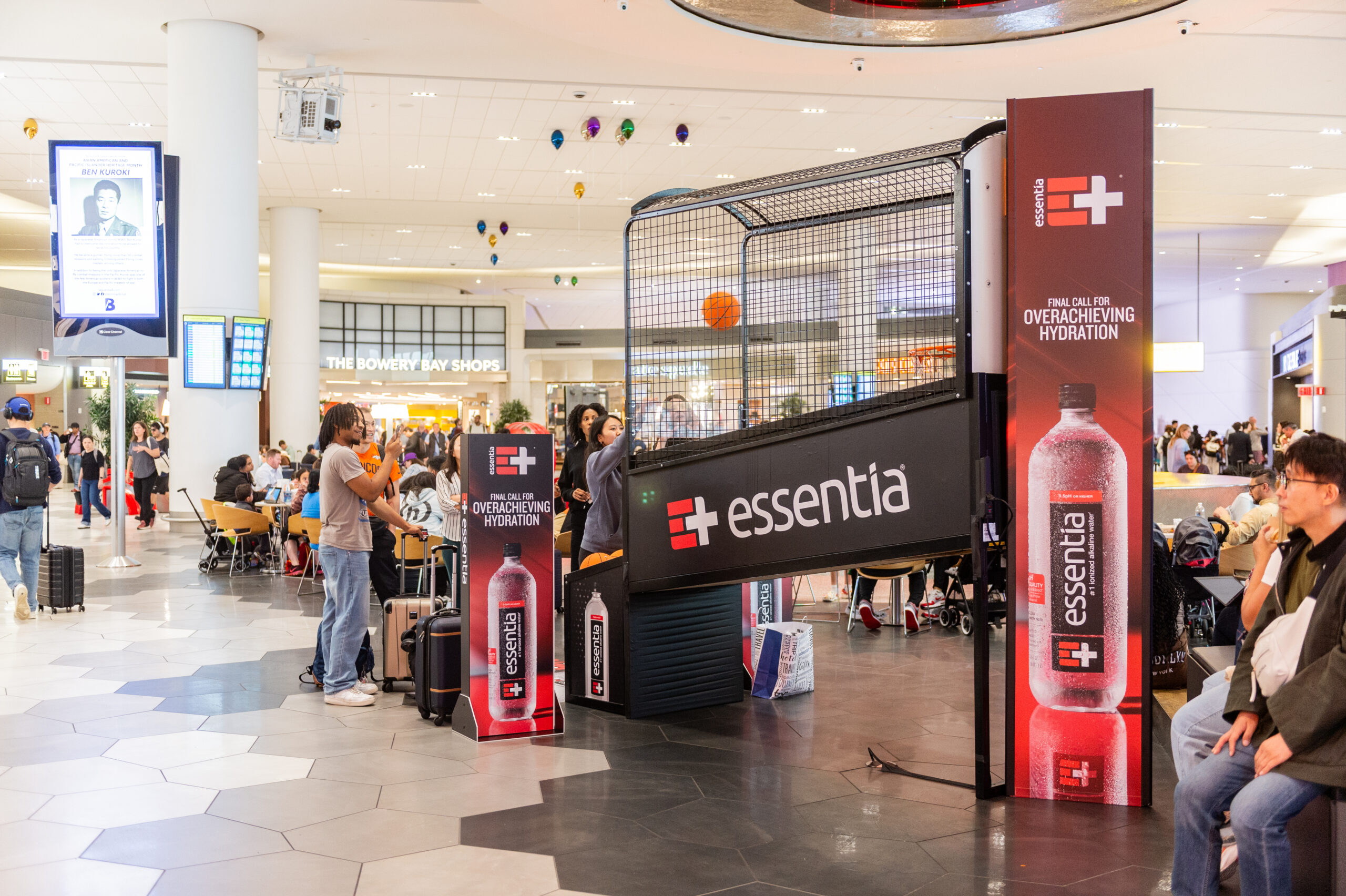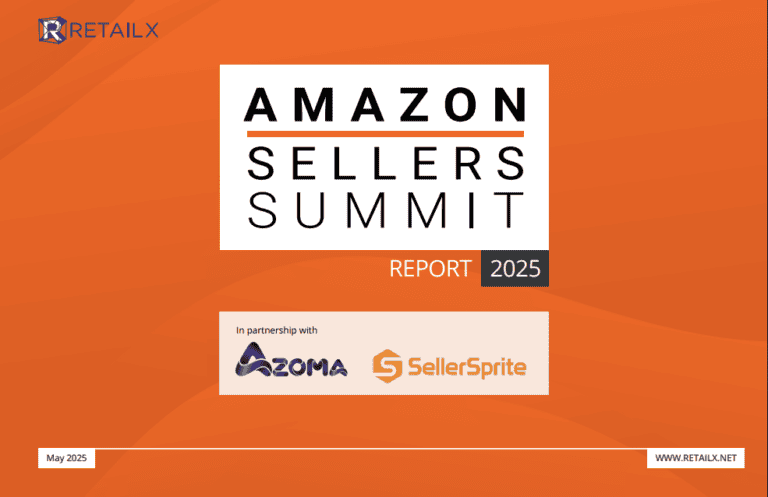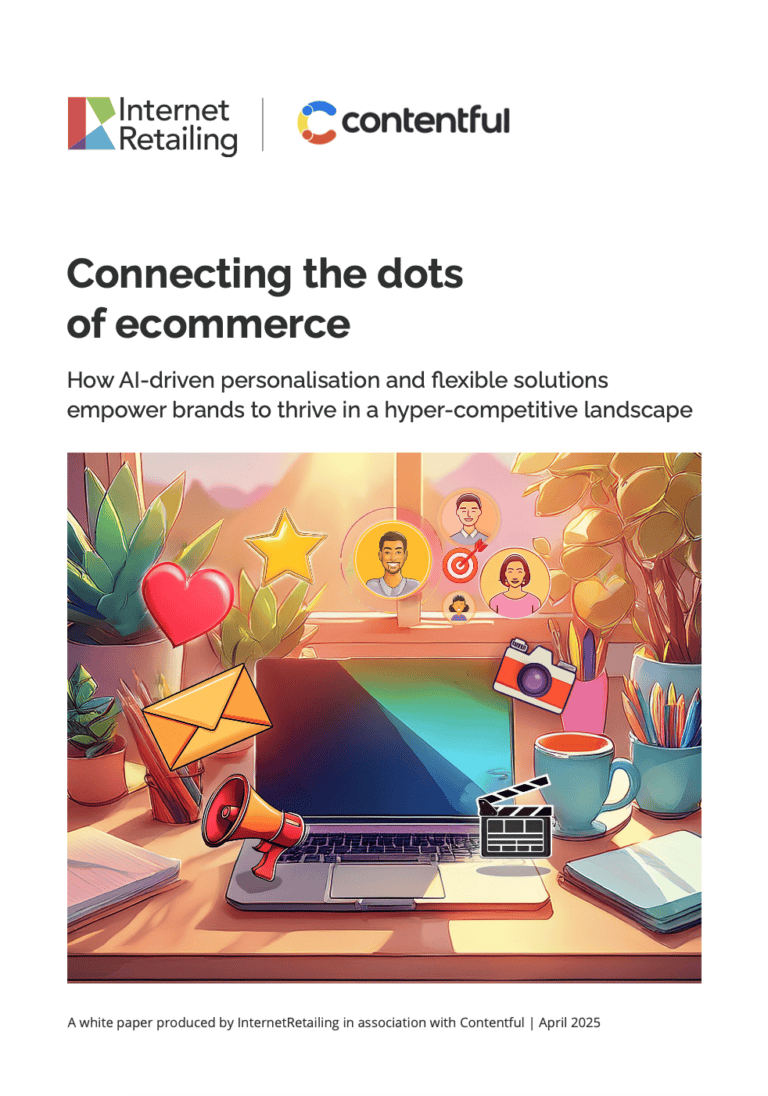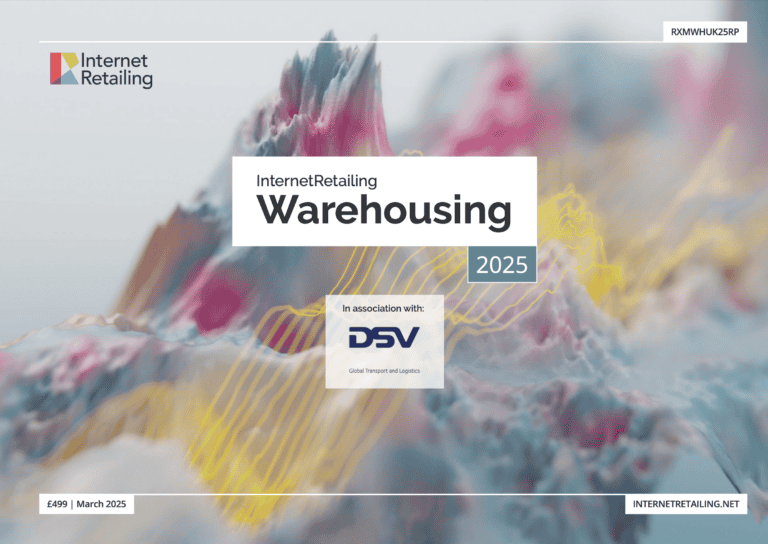Tesco is currently completing the rollout of RFID technology to hundreds of F&F concessions in stores around the UK. So far, 200 have been equipped with the technology, and a further 300 will follow. InternetRetailing spoke to Dean Frew, CTO of SML Group, the company supplying Tesco with that technology, to find out more about RFID – and the difference it makes to retailers.
InternetRetailing: How does RFID work?
Dean Frew, CTO at SML Group: The key pieces of RFID are the tags themselves, usually in the form of a price ticket or sew-in label. The RFID readers and the enterprise software solution create the value on that information. We make the tags and the software but buy the RFID readers from other companies.
IR: How do retailers use RFID to their best advantage?
DF: The core element of RFID in 95% of deployments around the world is the ability to do very rapid cycle count – or stock counting processes. We have retailers that are doing stock counts four times a week, others do complete stock counts for the store once a week, and others are doing them every other week. In the past the only way you could do this was with physical labour, and counting. Inventory accuracy in most retailers is somewhere between 75% and 80% accurate, and so you can imagine that you have inventory inaccuracy in the 20% range. Improvement using RFID gets you to the 98% range and allows you to do cycle counts quite frequently.
There are a whole series of business processes that flow, new business processes, that flow out of the ability to have highly accurate inventory data. For example, you have better replenishment from distribution centre to the store for out of stocks, and better fulfilment from the back to the front of the store. It improves the ability in general to deliver omnichannel. It’s difficult to fulfil when the customer orders online to pick up in-store when inventory accuracy is poor. With RFID you have much higher confidence in being able to do that. Usually the benefits are that sales lift, inventory reduction, elimination of third-party audits, and the retailer gains the ability to effectively execute an omnichannel strategy.
You can tell more quickly when an item has been sold, and you have a more accurate inventory table to begin with.
IR: So does it mean you’ll never get out-of-stocks in omnichannel retailing?
DF: What happens is you have a highly accurate inventory table, and you know what’s in the front and back of the store. You can compare inventory levels against what you desire. For example, if you never want to be out of any SKUs (stock-keeping units). As soon as inventory drops to zero – or one or two if you want to manage that more closely – and there’s an out-of-stock situation, we are able to create a task to replenish that item if it is at the back of the store. If if’s not, we don’t task them to do it because it’s not there.
The technology means you fulfil out-of-stocks very efficiently. If a shopper comes into the store, the possibility of missing a sale because you’re out of stock is extremely remote. It’s a technology that, when you look at the return on investment, very few other investments demonstrate the same type of return on investment. I would challenge that it is probably the highest ROI and fastest payback of any of the IT/technology spins. It’s very easy to measure and to measure total reduction. We’ve been doing it the same way since 1980 – so nothing has really changed since the invention of the barcode. This is why this is so significant, and why you see so many retailers adopting the technology.
IR: Tell us about what you’ve done with Tesco, and F&F.
DF: We provide both the tags and software for Tesco’s solution in F&F concessions. The focus for Tesco is how they serve customers better. There are a number of internal benefits but that’s the key one.
That happens by not having out of stocks. If you were to go into an F&F boutique inside a Tesco store, the probability that there would be an out of stock situation is significantly reduced. And that’s the way it is with all of our customers. What’s nice about what’s happening in the industry is that the value proposition is not unique for any apparel retailer. Apparel is the retail segment that’s adopting RFID, because its mix of SKUs is so high. Colour and size complicate. The assortment strategy for a retailer, compared to packaged goods or housewares, means that being out of stock of blue medium v-neck t-shirts is very significant because you have specific customers that won’t buy a large or a small.
We started the project a little less than two years ago. It’s currently deployed in 200 F&F sites and we are now in the process of rolling out to more. In terms of results, Tesco has found – as it mentioned recently at NRF – that out-of-stocks are now down to less than 1%.
IR: What other sectors might use RFID?
DF: Footwear is one we’re going to start seeing. We have projects going on in cosmetics and fragrance, while sporting goods would be another key area. It’s relevant to sectors with a high SKU assortment and high velocity of sales. We’re also seeing the benefits of RFID on reducing shrink in stores. Accountability is extremely high because now monitoring every item and it has a unique serial number – I can tell you when a specific blouse entered the store, when it was sold, when it was cycle counted, so there is significant data for retailers on the shrink benefit.
IR: So it could help with returns?
DF: We do returns today with all of our customers, but the unique component is being able to address anti-counterfeiting, and we’re now starting to see some of those applications emerge.
IR: Are there any other benefits that you’ve seen, that you maybe didn’t expect?
DF: Across our customers that use the technology, associates in the store love it because it means they aren’t spending lots of time away from customers. In the old way of things, retailers didn’t really know what they had. They were chasing inventory around the store – and everyone hated coming in in the middle of the night to do stock counts.
